Motorola Razr 2023: everything you need to know about Moto's new flip phone
The Razr Plus is here and the Razr is on its way
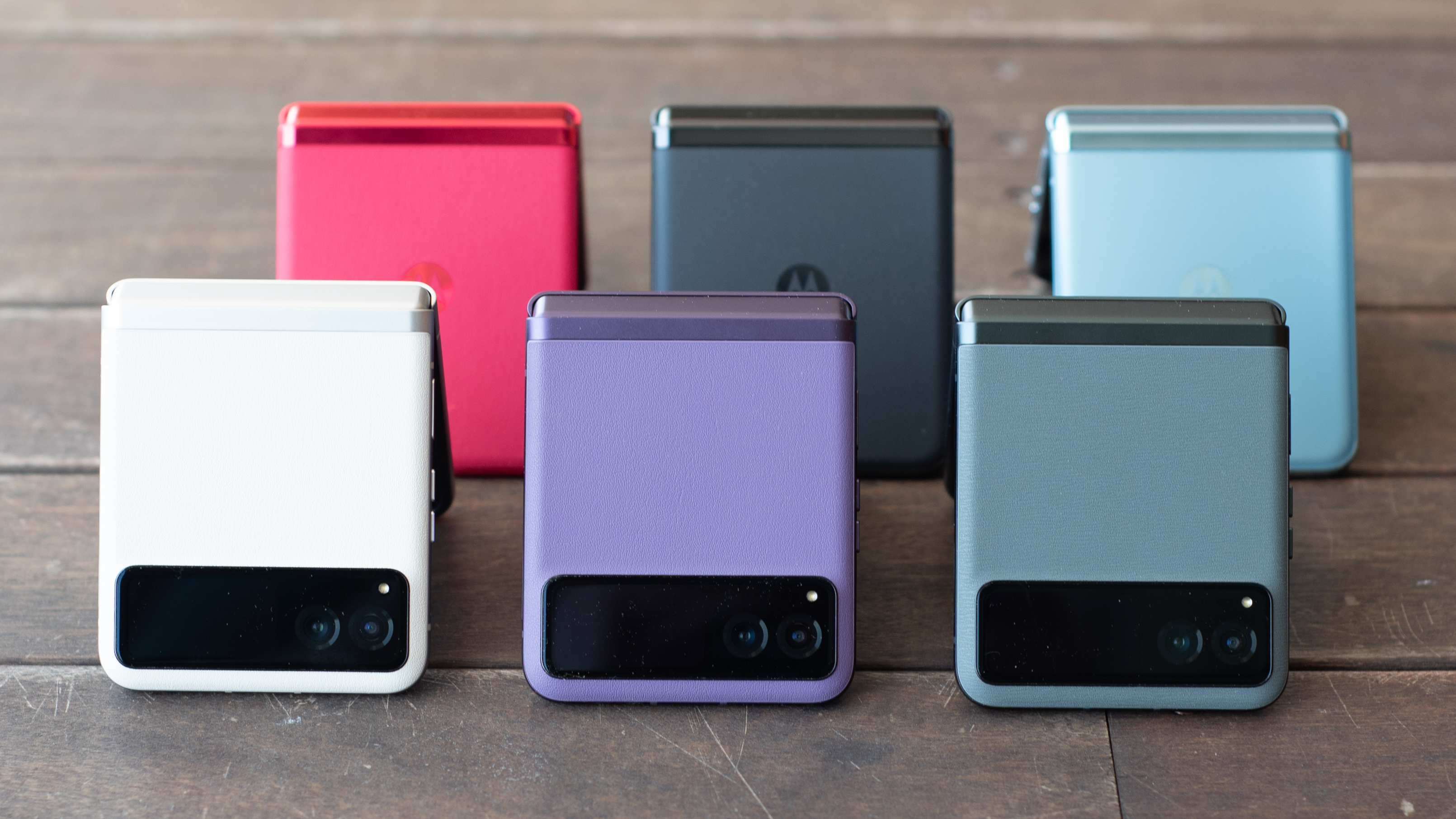
The Motorola Razr 2023 is real and it's spectacular. You can check out our full Motorola Razr Plus 2023 review now, while we're still waiting for an official launch date (and even pricing) for the base model Motorola Razr 2023.
The new Razr family has been officially announced and you can read full impressions of the Motorola Razr 2023 as well as our in-depth Motorola Razr Plus 2023 review

It's a new year and a new beginning for the Motorola Razr family, as Moto went back to the drawing board and created a whole new design for the 2023 lineup of its iconic foldable phone. The premium model is already here and we've had plenty of testing time for our Motorola Razr Plus 2023 review.
It's fair to say this is the best flip phone you can buy, and one of the best foldable phones we've seen. Motorola has accomplished its task of beating the Samsung Galaxy Z Flip 4, but Samsung will be hot on its heels with a new Galaxy Z Flip 5 coming in the next few weeks.
Both the Motorola Razr 2023 and the Razr Plus have the same display inside, so you get a big, 6.9-inch screen that folds tight with nary a gap to be seen in between the halves. Both phones are dust resistant and even can take a bit of splashing, though you can't dunk them in water like the Galaxy Z foldable phones.
The big difference is the big cover display on the Moto Razr Plus, compared to a standard ticker screen on the Motorola Razr. It isn't all bad news, though. That smaller screen means there's a bigger battery inside the base model Razr, and it will also be much more affordable.
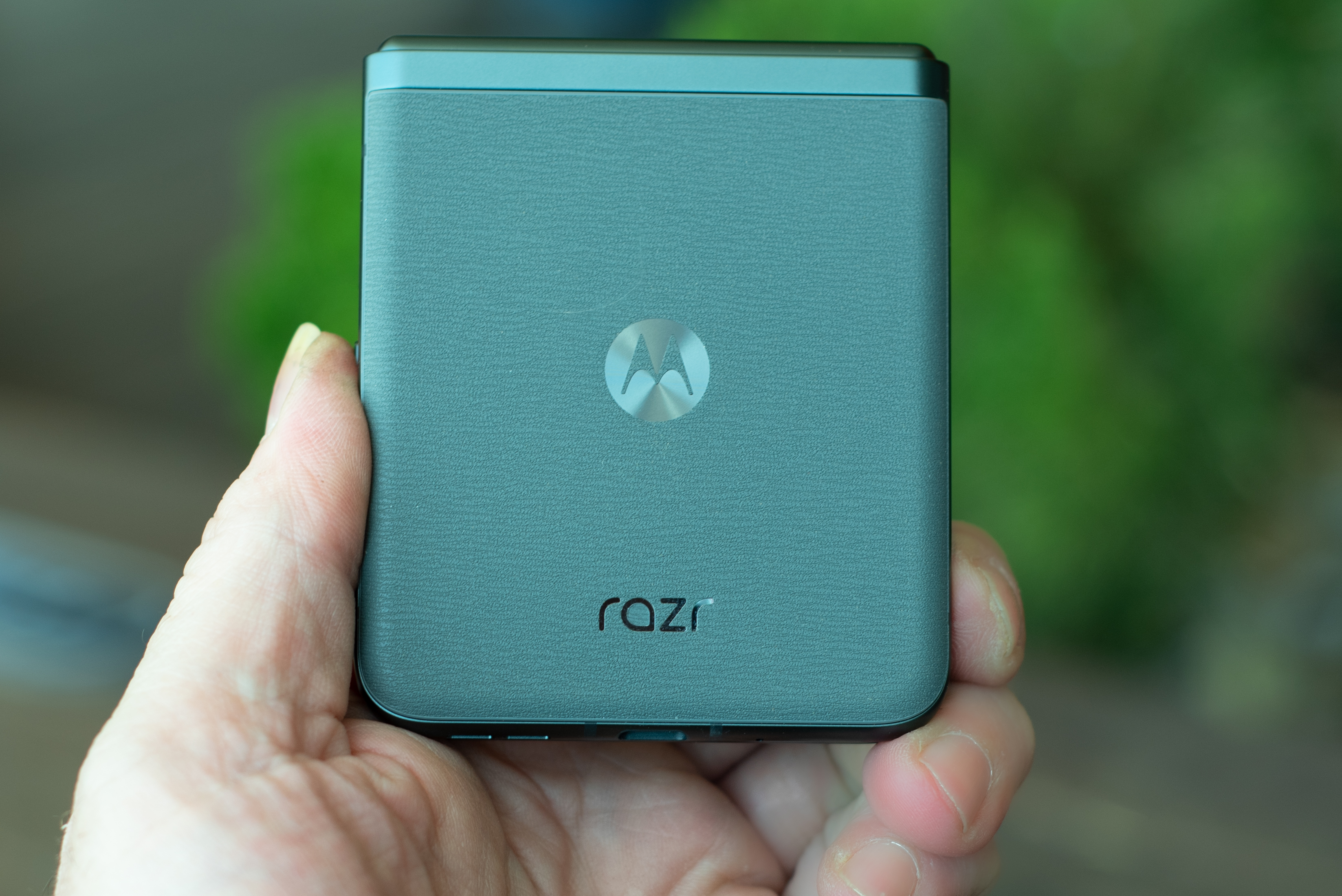
The Moto Razr will also use Motorola's new vegan leather texture on the back of every phone. On the Razr Plus 2023, you can find vegan leather on the exclusive Viva Magenta Pantone Color of the Year colorway. The other phones are glass, and a few grams heavier because of it.
Cut to the chase
- What is it? Motorola's new foldable flip phone
- When is it out? The Motorola Razr Plus is out now; the base model ... who knows?
- How much does it cost? $999.99 / £1,049.99 / AU$1,499 for the Razr Plus
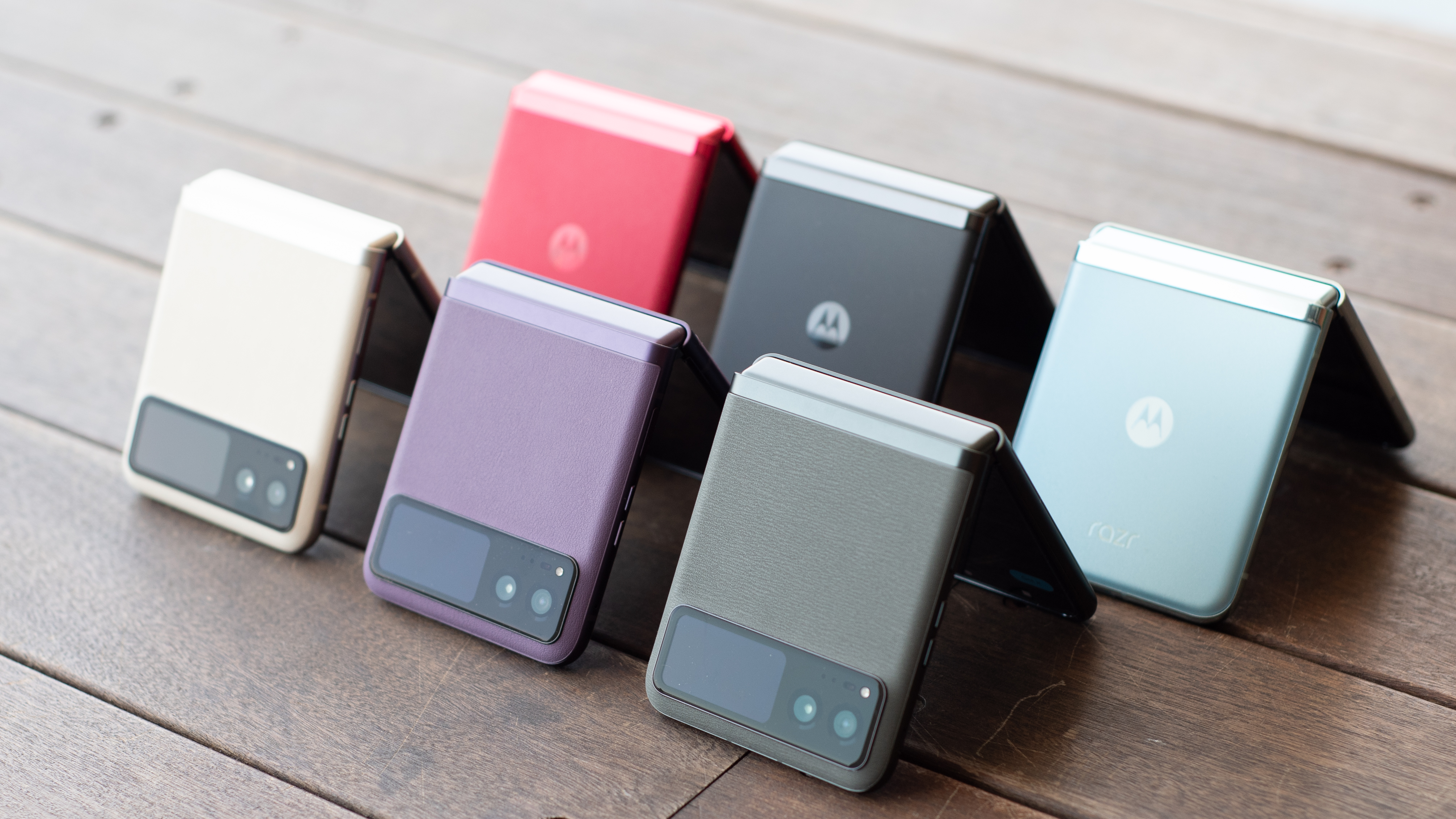
Motorola Razr 2023: release date and price
The premium Motorola Razr Plus 2023 is on sale now for $999.99 / £1,049.99 / AU$1,499. The Motorola Razr 2023 has been officially announced, but we don't have pricing or a specific sale date for that phone. You can start placing orders on June 16, and the phone should be on store shelves by June 23.
Sign up for breaking news, reviews, opinion, top tech deals, and more.
Unlike the last Motorola Razr (2022), this year's model is not only be available to buy in the US, you can even get a deal if you buy one from one of the mobile carriers. T-Mobile and AT&T are both offering this device.
T-Mobile is the only carrier to sell the Viva Magenta color that almost but not quite matches its company branding. You can also buy the Magenta color unlocked directly from Motorola or another online retailer.
The Magenta color may be the most desirable model, since it uses vegan leather instead of glass to create a unique feel and finish. Otherwise, the new phone are available in Infinite Black and Glacier Blue, both Pantone-branded color names.
The less expensive Motorola Razr will come in Summer Lilac (purple), Vanilla Cream, and Sage Green, also Pantone colors, when it eventually launches later this year.
There aren't multiple configurations of memory and storage, just a single option with 8GB of RAM and 256GB of storage for the Motorola Razr Plus or 8GB of RAM with 128GB of storage for the Motorola Razr.
Motorola Razr 2023: design
The biggest change between last year's Motorola Razr (2022) and this year's new models is the new design. Both the less expensive Motorola Razr 2023 and the premium Razr Plus 2023 are based on the same chassis and use the same display.
The hinge and crease are identical in both, so both phones close shut with no visible screen gap. When closed, both phones are equally the thinnest flip phone you can buy.
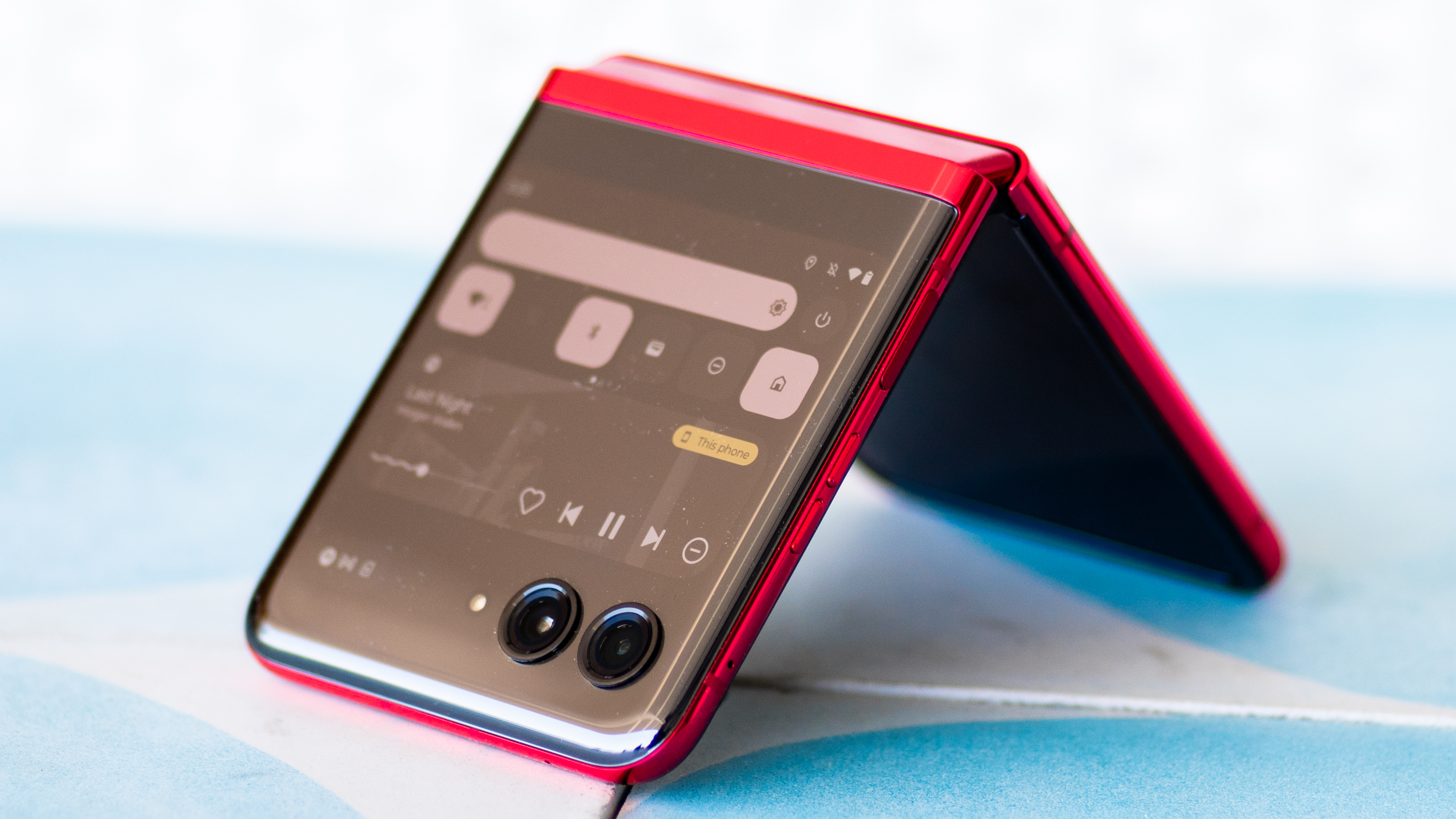
The biggest design improvement is the huge new cover display on the Motorola Razr Plus, a 3.6-inch square that dominates the face and wraps around the camera lenses. It's not just a simple notification space, this is practically half a smartphone that you can use for apps, maps, games, and plenty of other widget options.
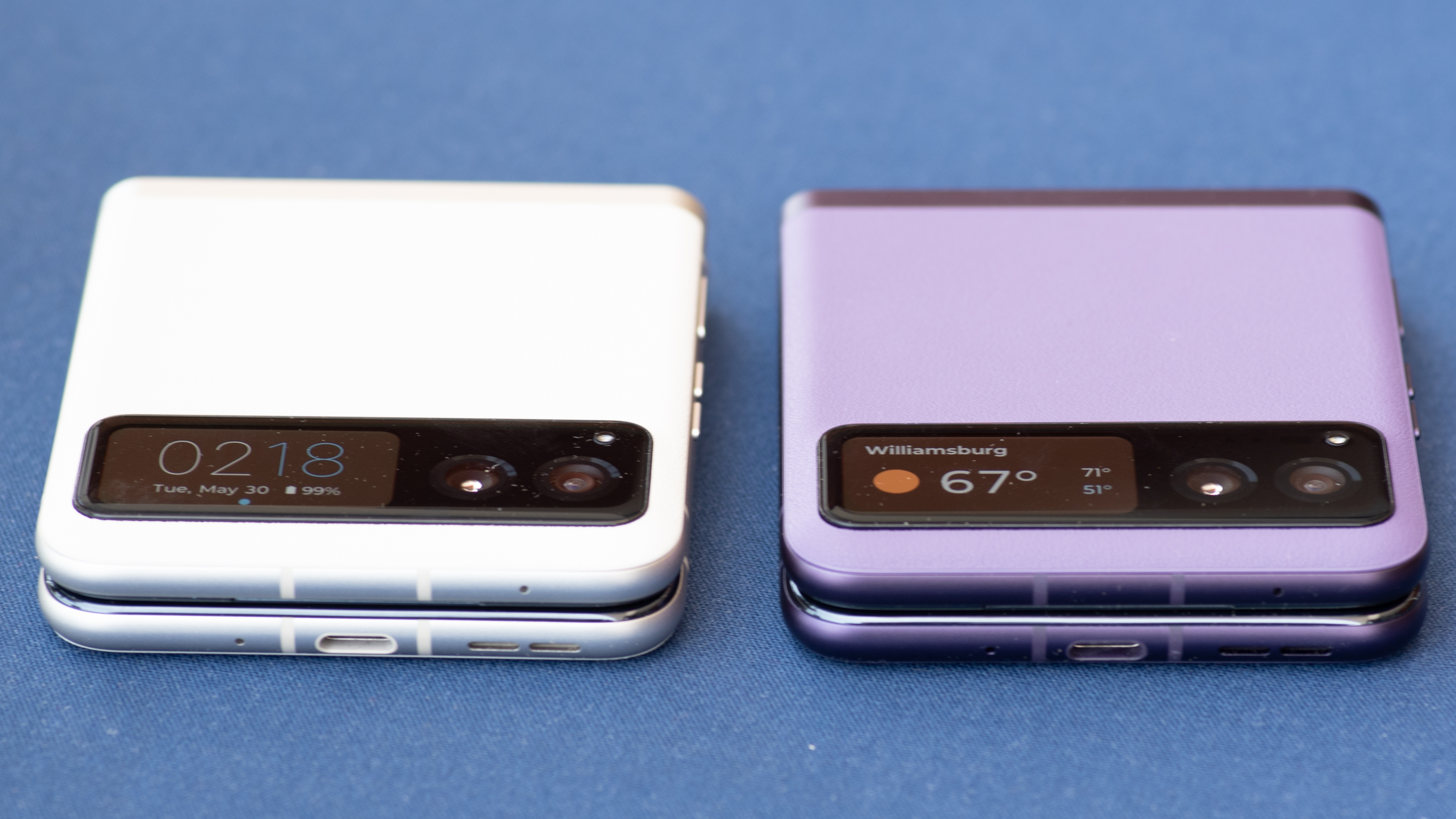
The more affordable Motorola Razr still uses a smaller external bar window, but makes up for this in a few ways. First, it uses the vegan leather finish that feels great and is otherwise only available on the Viva Magenta version of the premium Razr Plus. Every cool color option on the Motorola Razr is finished in the fake leather, and it feels great.
Second, skipping that big display gives Motorola more room for a larger battery inside, which we'll discuss below. Needless to say, the Moto Razr is certainly a downgrade, but those changes may be worthwhile if the price is low.
Motorola Razr 2023: displays
Both the Motorola Razr 2023 and the Motorola Razr Plus 2023 use the same display, but because the Razr Plus uses a more powerful chipset inside, it's screen is a bit more capable.
The internal display is a huge, 6.9-inch screen that is bigger than any current flip phone rivals. It has a 22:9 aspect ratio and 2640 x 1080 pixels. On the Razr Plus, the display can refresh up to 165Hz, while the base model Razr display can refresh up to 144Hz.
The new screen also uses LTPO technology so it can step down that refresh rate to save power as needed. It can handle HDR10+ content for inky black contrast and reaches a peak brightness of 1400 nits.
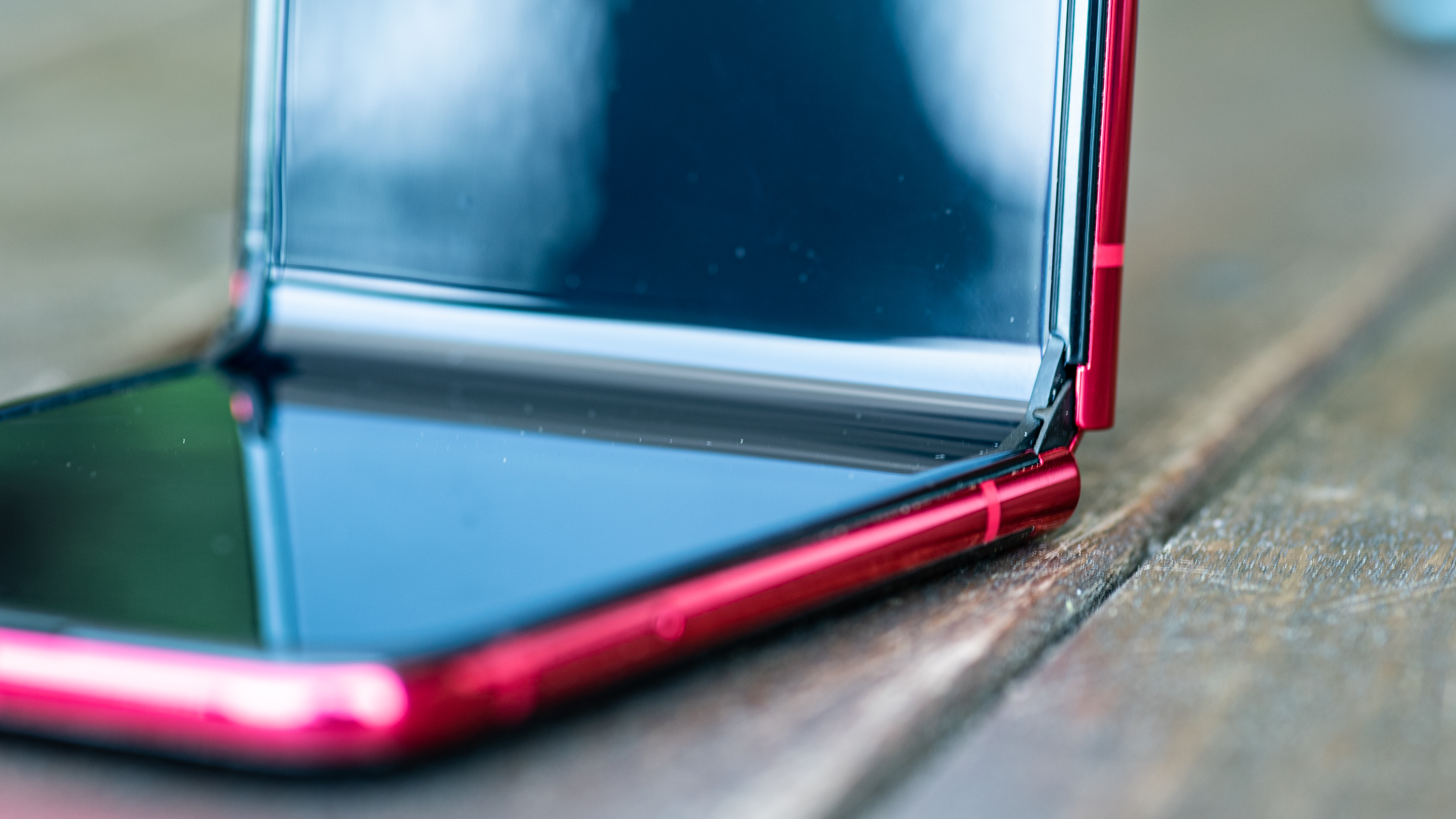
The screen is bright and clear and the crease is minimal, though it's still present. You can feel it easier than you can see it. Both new phones get the same teardrop hinge that manages to fold the screen almost flat with no gap in between the halves if you look at the phone sideways.
The Motorola Razr Plus gets a big new cover display, the biggest design improvement across the family. The new screen is a 3.6-inch OLED panel with 1066 x 1056 pixels, a massive upgrade over last year's model and most rival flip phones. That screen can also refresh up to 144Hz, and it even supports HDR10+, so it's no slouch.
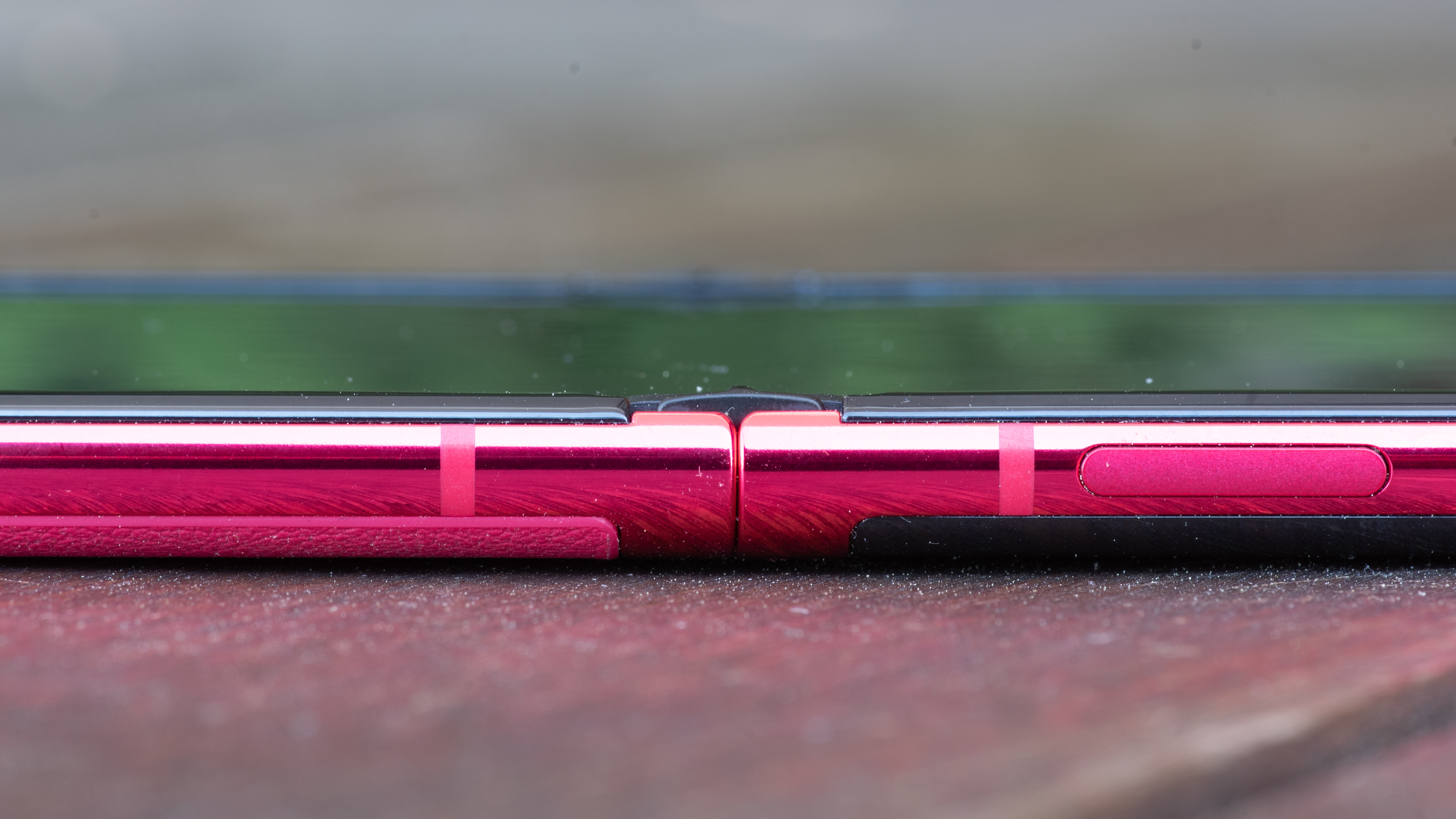
The smaller Motorola Razr cover display is a 1.5-inch OLED panel with 194 x 368 pixels. It can refresh up to 60Hz. Both the larger and smaller OLED screens can emit 1000 nits at peak brightness.
Motorola Razr 2023: camera
The premium Motorola Razr Plus gets a better camera setup than the less expensive Motorola Razr, though it may not be easy to understand on paper. That's because the cheaper phones uses more megapixels on the sensor, but megapixels don't tell us the whole story.
The Motorola Razr Plus is the first flip phone with a camera that uses a wide f/1.5 aperture lens. Motorola says this lets in up to 44% more light than the narrower f/1.8 aperture lens on competing phones like the Galaxy Z Flip 4.
In our review, we weren't especially pleased with the Motorola Razr Plus camera for most photo work, but it did allow for some very unique angles and perspectives. For a selfie camera, you can use the cover display as a viewfinder and take portraits with the primary camera, and even a mediocre main lens is better than the selfie camera that most phones provide.
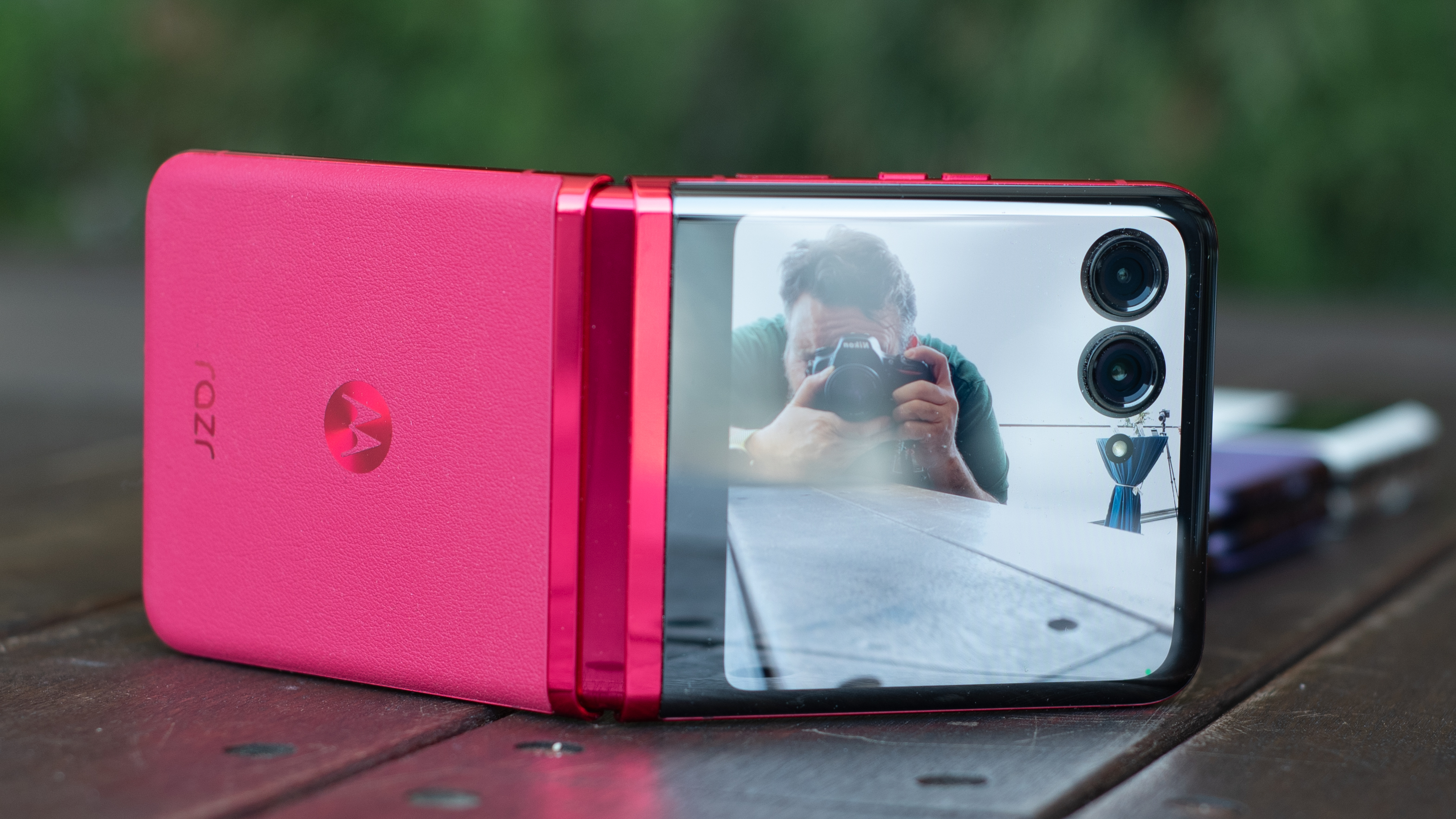
The 12MP sensor on the Razr Plus 2023 uses much larger sensor pixels than the 64MP camera on the Motorola Razr 2023: four times larger, in fact. That means each pixel has a better chance of catching photons in a dark environment, which should equate to better low light photos.
Both the Razr Plus and the Razr use a second, 13MP camera for ultrawide photos and what Motorola calls 'macro' photography. These photos weren't as bad as previous Motorola efforts at faking macro mode, but they weren't outstanding.
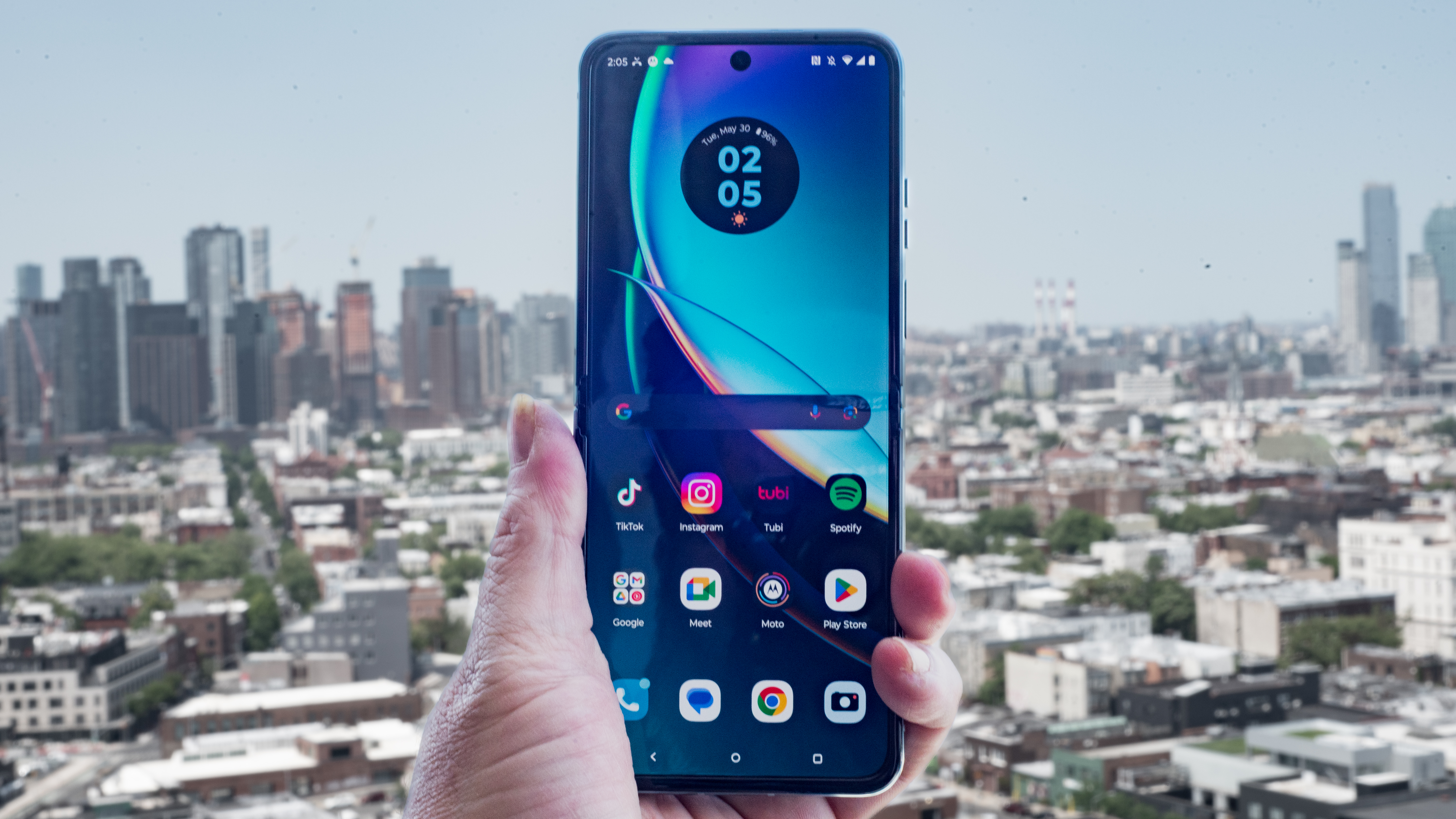
The front-facing camera on both phones uses a 32MP sensor that combines pixels for an overall 8MP image, a technique called pixel binning. You won't need to use this camera for selfies, though, at least on the Moto Razr Plus, since the cover display can act as a viewfinder for the higher-quality main camera array.
Motorola has taken great advantage of the folding design when it comes to using the camera. There are tons of shooting modes that let you use the folded state as a tripod or a photo booth, complete with a countdown timer and consecutive shots. You can also hold the phone sideways and use half the screen for video controls while the other half is a viewfinder, old school camcorder style.
Motorola Razr 2023: battery
The Motorola Razr Plus gets a minor battery upgrade over last year's model, but the base model Motorola Razr gets even more. By removing the larger cover display, the Razr has more room for a larger battery cell, and this equates to longer battery life.
The Motorola Razr Plus uses a 3,800 mAh battery, just a bit larger than the 3,700 mAh cell on the Samsung Galaxy Z Flip 4. The basic Razr uses a larger 4,200 mAh battery, which comes close to the best flat smartphones.

Motorola says the Razr should get all-day battery. You may need to be a bit more conservative with the Razr Plus, especially when it comes to using that external display every time you close the phone. In our review, we found that exuberant use of the external display predictably drained the battery faster.
Charging speed hasn't been improved, and the new phones charge at 30W, the same as last year's model. That's a bit faster than Samsung's flip phone can charge, but it can't match much charging from OnePlus and other rivals.
This year's Moto Razr gets wireless charging, though it's quite slow. At only 5W, the Razr will barely keep its head above water compared to the faster 15W charging we'd expect on a modern smartphone.
Motorola Razr 2023: specs and features
While the exterior has been completely redesigned, the internal components of the new Motorola Razr Plus and Motorola Razr will be familiar to anyone following the smartphone world this past year. That's because both phones use mobile platforms launched by Qualcomm in 2022.
The Razr Plus features a Snapdragon 8 Plus Gen 1 chipset, just like the Galaxy Z Flip 4. The newest flagship smartphones use the Snapdragon 8 Gen 2 platform, but presumably using last year's best platform helps Motorola cut costs.
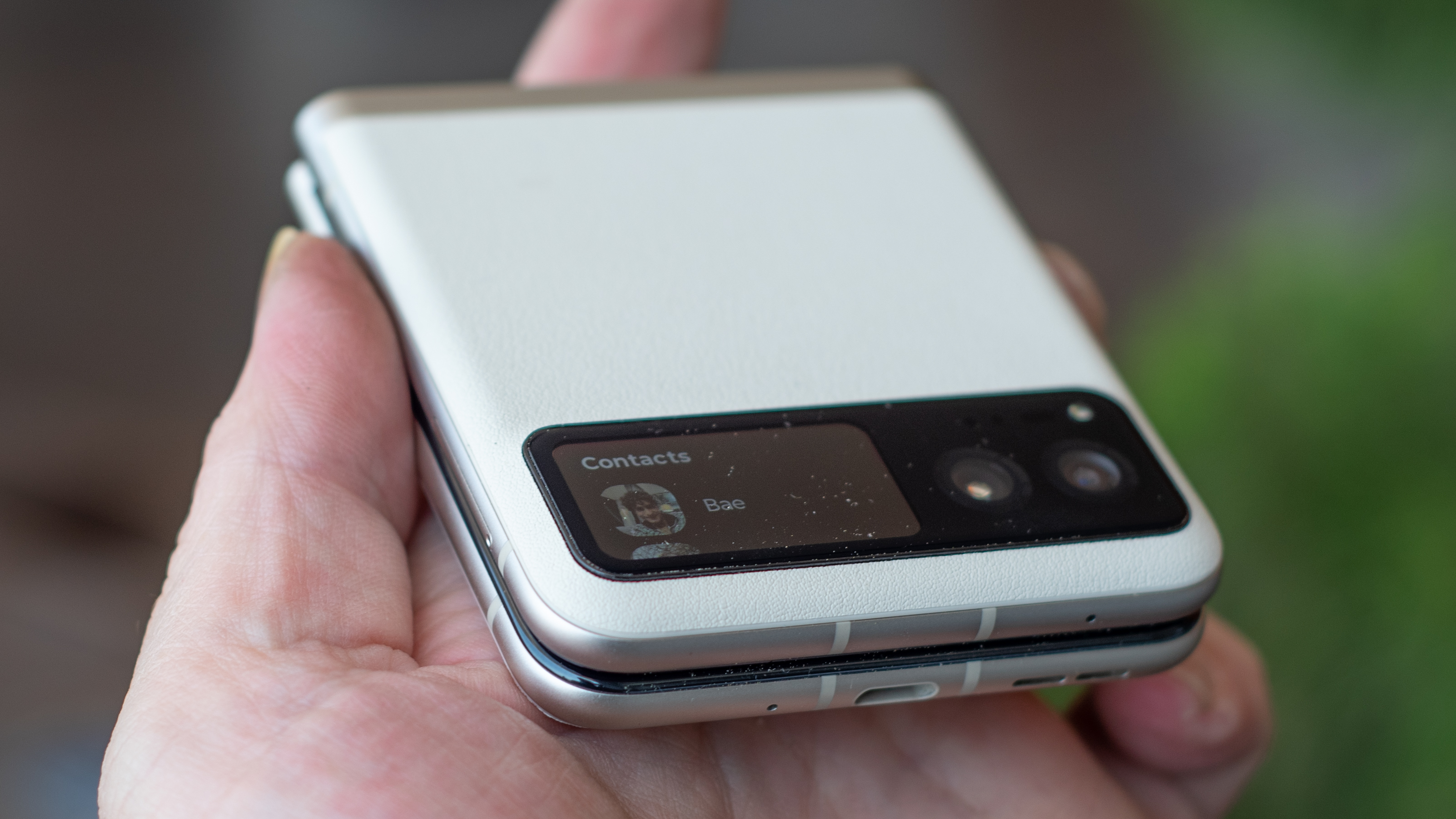
The base model Motorola Razr uses the Snapdragon 7 Gen 1 chipset, a platform found on mid-range phones like the Samsung Galaxy A74 or the OnePlus Nord lineup.
Performance should be adequate, though the platform isn't fast enough to run the display at the same refresh rate as the Snap 8 Plus Gen 1 platform. The Razr can only refresh at 144Hz while the Razr Plus can manage display rates up to 165Hz.
We don't have pricing for the base model Razr, but using a mid-range chipset should equate to a significant price reduction compared to the expensive Razr Plus model.
While both phones offer 8GB of RAM for memory, the premium Moto Razr Plus uses LPDDR5 memory, while the Razr uses LPDDR4X. For storage, the Razr Plus offer 256GB of UFS 3.1 storage, while the Razr only gives you 128GB of storage on a UFS 2.2 standard.
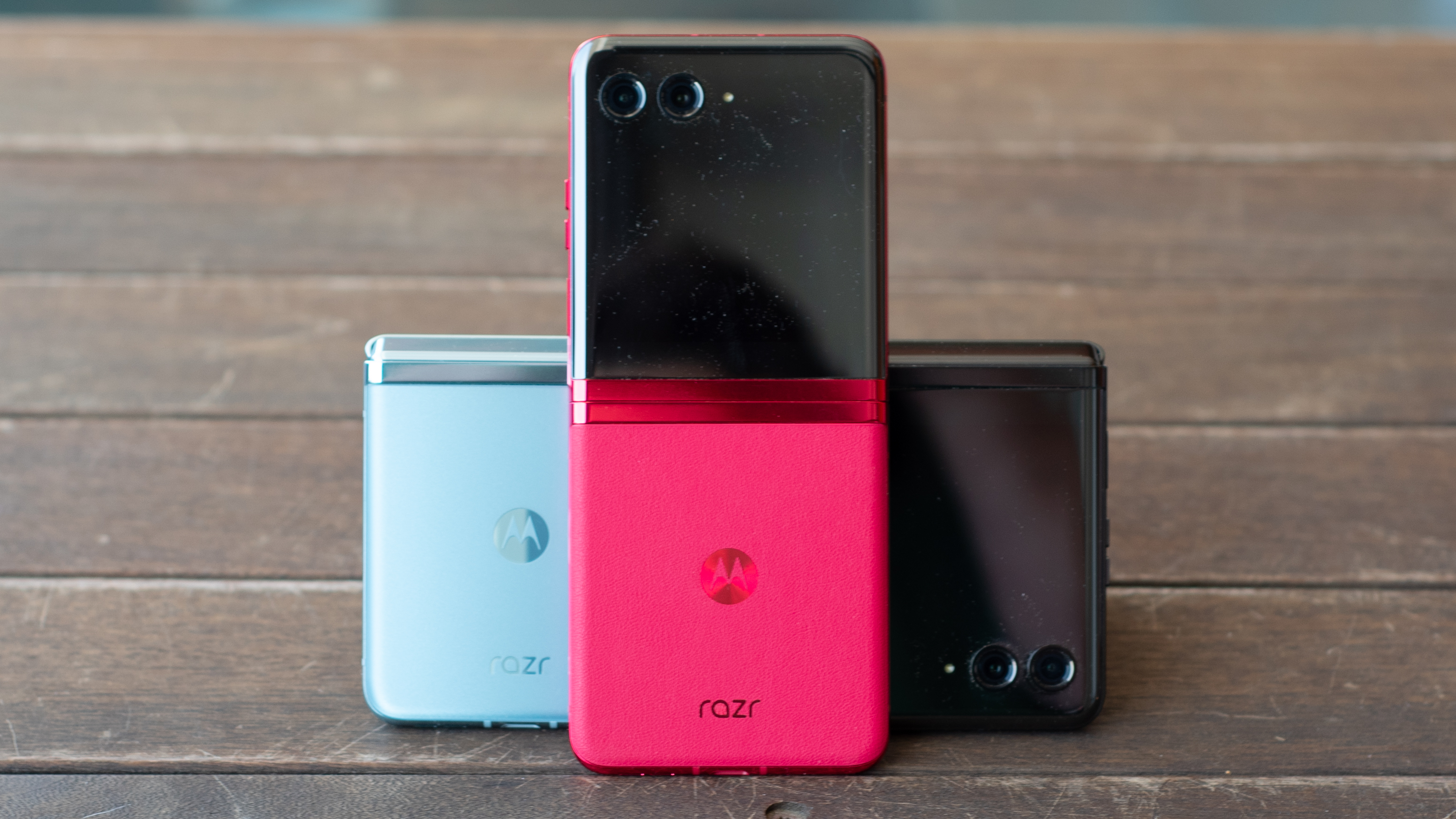
The Motorola Razr Plus features the most modern Wi-Fi stack we've seen on a smartphone, and it's capable of communicating across bands and standards including 802.11 a/b/g/n/ac/k/v/r/ax as well as Wi-Fi 6e. The Razr has fewer specialized Wi-Fi modes and supports 802.11 a/b/g/n/ac/ax and Wi-Fi 6e. Both phones use a USB Type-C port running at USB 2.0 speeds.
For connectivity, you can use an eSIM or a physical SIM card, depending on your carrier.

Starting more than 20 years ago at eTown.com. Philip Berne has written for Engadget, The Verge, PC Mag, Digital Trends, Slashgear, TechRadar, AndroidCentral, and was Editor-in-Chief of the sadly-defunct infoSync. Phil holds an entirely useful M.A. in Cultural Theory from Carnegie Mellon University. He sang in numerous college a cappella groups.
Phil did a stint at Samsung Mobile, leading reviews for the PR team and writing crisis communications until he left in 2017. He worked at an Apple Store near Boston, MA, at the height of iPod popularity. Phil is certified in Google AI Essentials. His passion is the democratizing power of mobile technology. Before AI came along he was totally sure the next big thing would be something we wear on our faces.